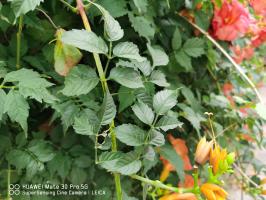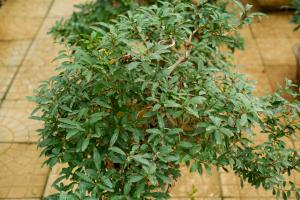Can PLA be Used for Plant Pots?
PLA, or polylactic acid, is a biodegradable and environmentally friendly plastic alternative made from renewable resources such as cornstarch or sugarcane. It has gained popularity in recent years due to its eco-friendliness and versatility. One potential use for PLA is plant pots, as they are often made from plastic and contribute to pollution and waste in the environment. But can PLA be used for plant pots effectively?
The Benefits of Using PLA for Plant Pots
Using PLA for plant pots has several benefits. Firstly, it is a sustainable and renewable material that reduces the amount of non-biodegradable plastic waste in the environment. Secondly, it is durable and can withstand long-term exposure to heat and moisture, making it suitable for plant pots that require frequent watering. Thirdly, it can be easily molded into different shapes and sizes, allowing for customizable designs and reducing the need for multiple molds and tools.
The Drawbacks of Using PLA for Plant Pots
However, there are also drawbacks to using PLA for plant pots. One major issue is its inability to decompose in certain environments, such as landfills, where it can take up to several hundred years to break down. This means that if the plant pots end up in landfills, they may contribute to pollution and waste. Additionally, PLA may not be able to withstand extreme temperatures or direct sunlight, which can cause it to break down and release harmful chemicals into the soil.
Alternatives to PLA for Plant Pots
If PLA is not suitable for plant pots due to its drawbacks, what are some alternatives? One option is biodegradable plastics such as polycaprolactone (PCL) or starch-based plastics, which can decompose in certain environments within a shorter time frame. Another option is using natural materials such as clay, ceramic, or terracotta, which are durable and biodegradable. However, they may require more resources and energy to produce and may not be as customizable as plastic alternatives.
The Bottom Line
Overall, using PLA for plant pots can have both benefits and drawbacks. While it is a sustainable and durable material, its inability to decompose in certain environments is a significant concern. Those looking for alternatives may consider biodegradable plastics or natural materials such as clay, ceramic, or terracotta. Ultimately, the best choice will depend on the specific needs and priorities of the individual or organization using the plant pots. Careful consideration of the environmental impact, durability, and customization options of each material is crucial in making an informed decision.

 how many times do yo...
how many times do yo... how many planted tre...
how many planted tre... how many pine trees ...
how many pine trees ... how many pecan trees...
how many pecan trees... how many plants comp...
how many plants comp... how many plants can ...
how many plants can ... how many plants and ...
how many plants and ... how many pepper plan...
how many pepper plan...





























